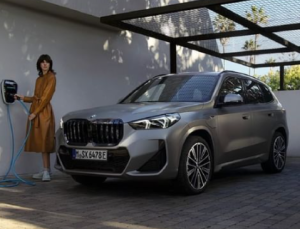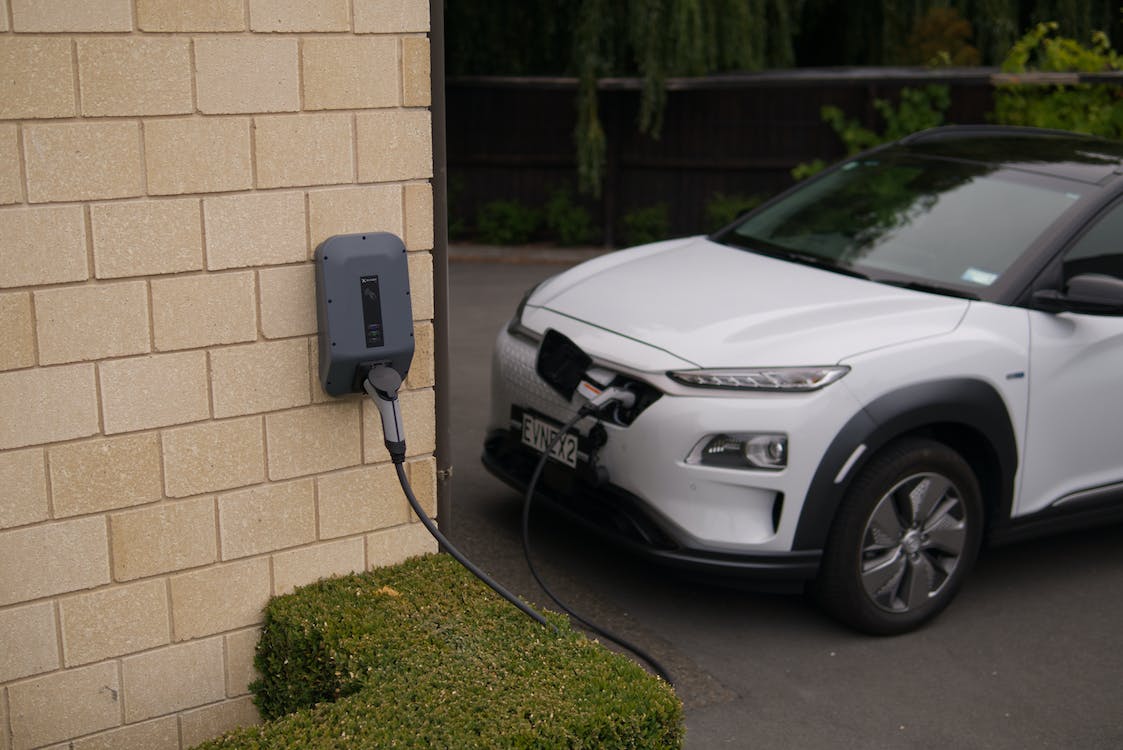A report by RMI India reveals the country needs about 19.7 lakhs crore to transition to electrified mobility by 2030, according to Times of India. India has been speeding up its transition to electric vehicles over the past few years. Supportive policies backed by the government, availability of PLI schemes for battery manufacturing, and subsidies are key factors encouraging the switch to EVs in India. However, financing is proving to be an obstacle to widespread adoption of electrified vehicles.

As India increases its focus on green mobility and net zero emission targets by 2070, promoting electric vehicles to reduce pollution is a top priority for the government. With adequate funds in place, the country plans to install more charging infrastructure and support EV and battery manufacturing. Doing so will help reduce the challenges EV buyers face. These obstacles include high insurance rates, limited auto financing options for EVs, high interest rates, range anxiety, and low-loan-to-value ratio. Keep reading to understand how India plans to speed up EV adoption through financing and other strategies.
Mobilize Funds for Electric Vehicles
Limited access to affordable loans for EVs is a barrier to the adoption of electrified mobility. Since the Reserve Bank of India PSL (Priority Sector Lending) guidelines require select banks to set aside 40% of their total books to the national priority segment, including electric vehicles as priority can help boost financing. Ideally, banks can offer financing for EV purchase and formalize the electric vehicles sector into the financial system.
Providing financing for electric vehicles can increase the demand for EVs significantly. To encourage financial institutions and boost the participation of lenders in the electric vehicle market, the World Bank, in partnership with NITI Aayog, is setting up a first-loss risk sharing program worth $300 million. This funding system will help to cover a part of monetary losses linked to EV loans.
You would also like to read: Top electric scooters in India.
Lenders can think of this program as a credit default swap as it provides hedging for lenders in case borrowers default on loan repayment. This program aims to reduce the cost of financing by 12%. As a result, the program will mobilize capital worth $1.5 billion and encourage lenders to offer loans in the EV landscape.
Introduce Incentives
The cost of buying electric vehicles is high and is a leading reason many people are still driving fossil fueled automobiles. To encourage consumers to make a switch to greener transportation, the government is offering incentives. EV incentives available in India include low equated monthly installments (EMI) and renting options for electric vehicles. India’s Union Government also announced the introduction of battery swapping policy in this year’s budget. This program will requisite standardization of battery designs and plug in designs to promote compatibility across all automobile models.
Build Robust Charging Infrastructure
Besides the high costs, many consumers avoid investing in EVs because of range anxiety. Many commuters have concerns about how long they can drive on a single charge and where they’ll charge their cars when they’re out of battery power. In part, installing charging systems across the country is vital to redefine mobility in the future. Building a network of charging stations helps deliver electricity to EV owners so they can charge their cars anywhere, anytime at affordable rates.
However, there are factors hindering the installation of charging stations in the country. Scalability, for instance, hinders the set up of EV chargers on a large scale. To build electric vehicle charging stations on a scale, the government must redesign congested transportation corridors to find adequate space to accommodate charging infrastructure.
A lack of a clear road map to build at least 4 lakh charging infrastructure across the country is an obstacle the government must tackle to encourage commuters to transition to electric cars. Currently, the government is implementing policies that will bring together small and big players in the EV sector to pave the way for the development of a robust charging infrastructure like level 3 DC fast chargers. DC fast chargers guarantee fast charging and can be installed in homes, workplaces, and public places like restaurants and malls.
Enhance Battery Technology
Improving the battery design is an effective step to encourage consumers to consider EVs when purchasing their next ride. Today’s electric car batteries are more user-friendly, meaning you can charge and use your battery easily. Recent developments in EV battery technology, like the battery management system (BMS) help reduce energy loss while in transit, thus improving the batteries performance. Battery manufacturers are also exploring more advanced battery options, such as solid-state and sodium-ion batteries. Lithium-ion batteries also feature sila nanotechnology, which replaces graphite anode to boost energy in battery cells and promote fast charging.
Battery recycling will also go a long way in supporting the transition to electric mobility. To achieve this goal, the government aims to localize battery cell manufacturing and battery assembling. It also looks at ensuring battery designs guarantee compatibility across all electric automobiles.
Educate Consumers
Besides offering incentives, government officials and stakeholders in the EV market should educate consumers about the benefits of owning an electric vehicle. When consumers understand how they benefit from driving electric cars, they’ll be willing to shift from gas-powered vehicles. To reach a large audience, the government and private investors should consider community outreach programs and online campaigns.
When conducting outreach programs online and offline, government officials and other key players should emphasize on the lifetime cost of EVs rather than the buying price. While purchasing EVs is expensive, operational costs are lower compared to conventional vehicles. Since electric cars don’t feature many running parts, they are easy to maintain. The cost of charging an electric car is cheaper than refueling gas. Not to mention, driving an electric car reduces your carbon footprint and you stand a chance to enjoy tax rebates and other incentives.
Electric cars are gaining popularity in India, but several factors, including financing, are impeding mass adoption. To promote EV adoption, the government is implementing policies that will ensure consumers access affordable financing. Other steps the government is taking to help people embrace electric mobility include installation of fast charging infrastructure across the country, improving battery technology, and providing incentives like lower equated monthly installments and EV renting options.

